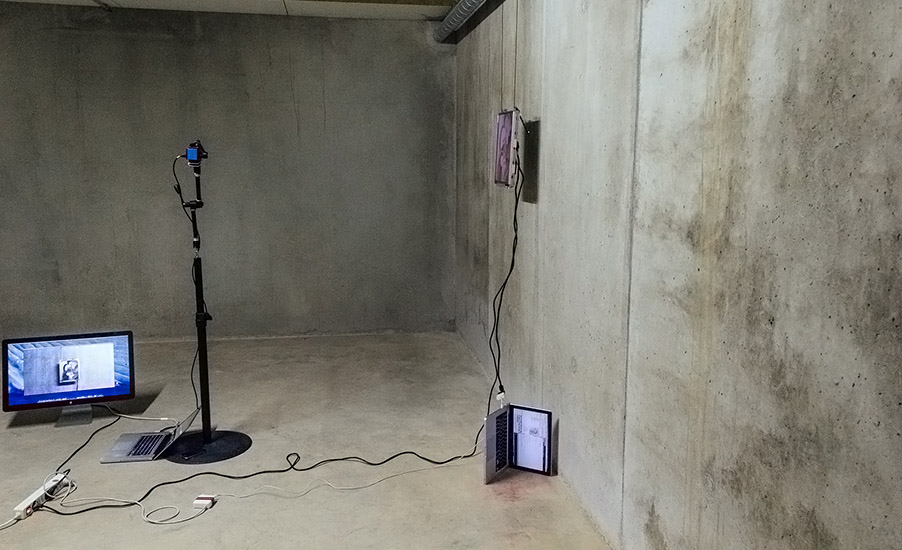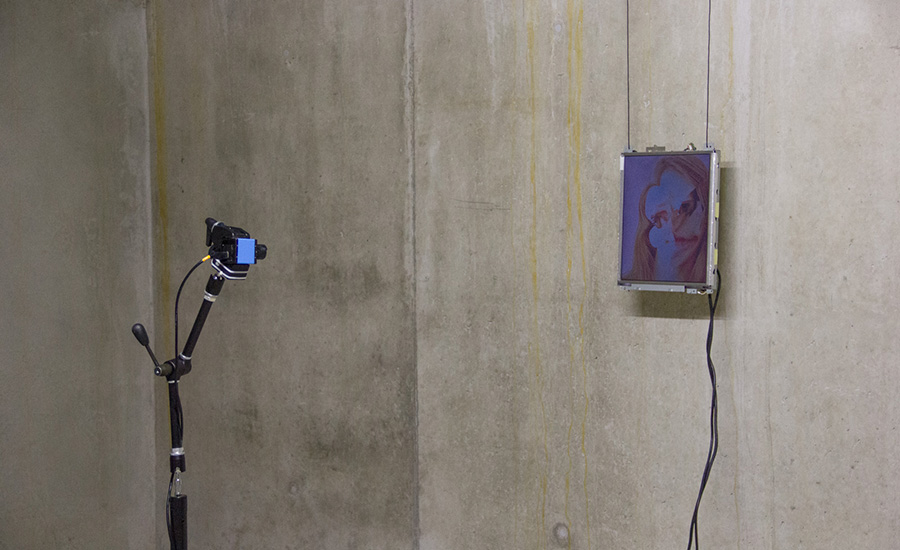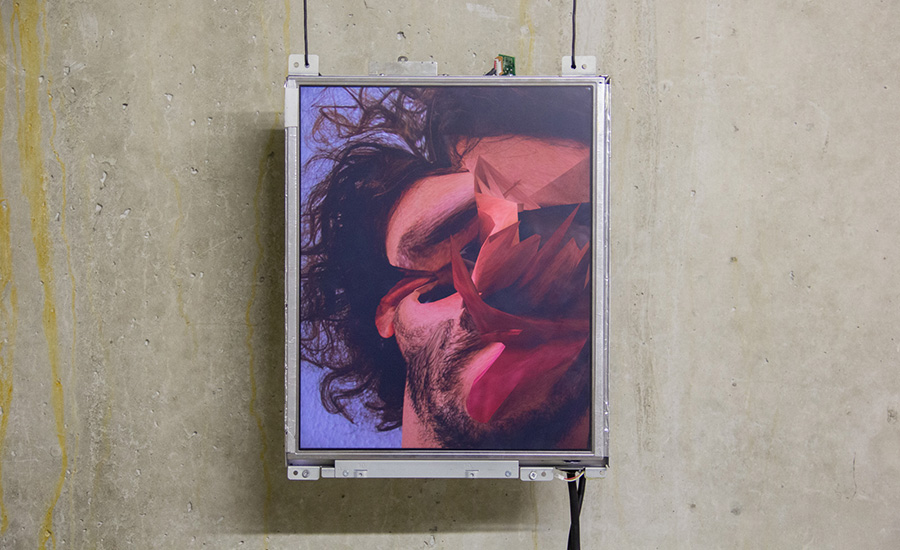Unseen Portraits
Investigating what face tracking algorithms consider to be a human face
Computer vision relies on algorithms to make sense of the world. Unseen Portraits investigates what face recognition algorithms consider to be a human face.
Project Setup
1. We use a computer program to distort a portrait photo over time. The distortion is displayed on a screen.
2. A webcam films that screen and streams the video to a second computer.
3. The second computer analyzes the video footage in real-time: it uses the popular OpenCV face recognition algorithm to identify human faces.
4. In the moment the photo becomes too obscured and can't be recognized by the algorithm anymore, the software takes a screenshot.
The person portrayed is now invisible to computer vision.




Process & Technology
The project started as a two-day workshop project in 2014. In these two days, we developed the idea, built the setup and wrote the code. We tested it with several photos of our friends and shot a video. Then, it took almost a year of hybernation until we finally got to sit down, do the rest of the work and publish the project.
For distorting the portrait photos we used Processing and an altered version of MapMap-Vauxhall.
The face recognition is done using OpenCV, a popular open source computer vision library.
Conclusion
Despite its subject matter, Unseen Portraits isn't a conceptual investigation of the algorithms used. Rather, the project uses computer vision software as an artistic tool, creating images that remind of Francis Bacons self portraits from the 1970s.
The funny thing is, even at their most distorted, the portraits are fairly recognizable to the human eye. It’s not that computers are dumb—far from it. Artificial intelligence is becoming almost worryingly adept at making sense of its environment. And yet, it’s a keen reminder of how different humans and computers view the world.
[...]
In one sense, Unseen Portrait is carrying on the tradition of artists using the visual world to outsmart computers. But really, Schmitt and Bogner’s project isn’t so much a mechanism to hide from the software as it is a way to capture the software’s flaws in a tangible work of art.
— Liz Stinson, WIRED
Credits
Concept/Development/Design:
Stephan Bogner and Philipp Schmitt
Consulting
Ingolf Heinsch
University:
Hochschule für Gestaltung Schwäbisch Gmünd